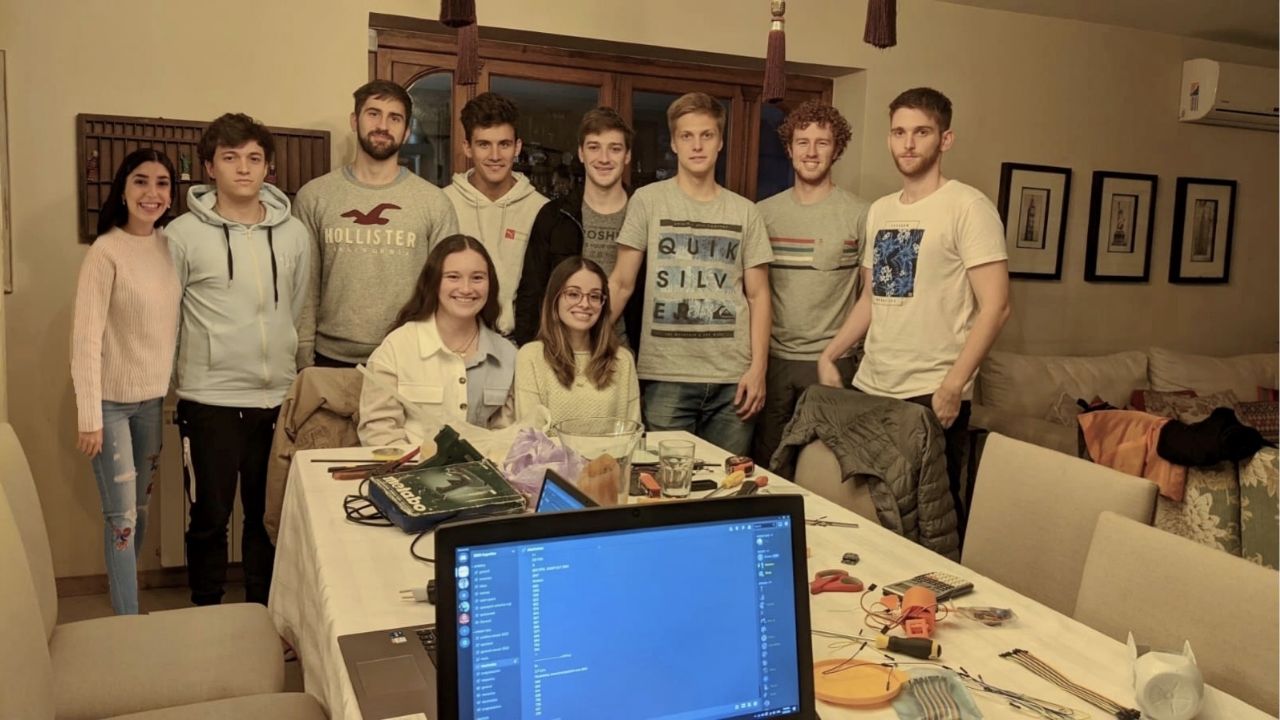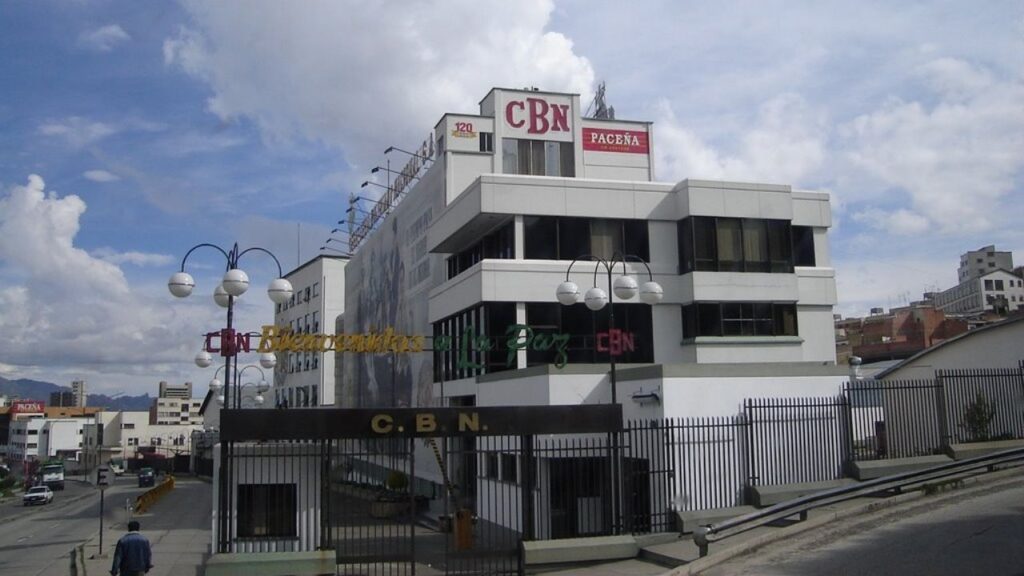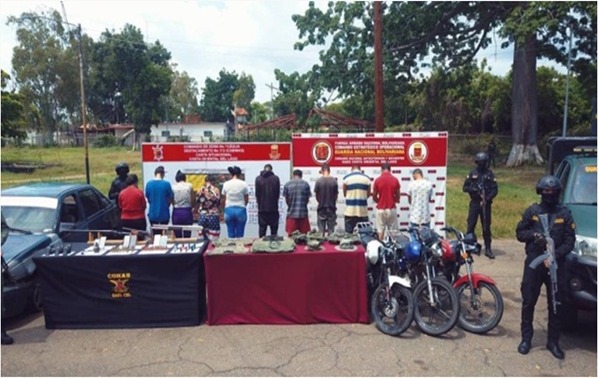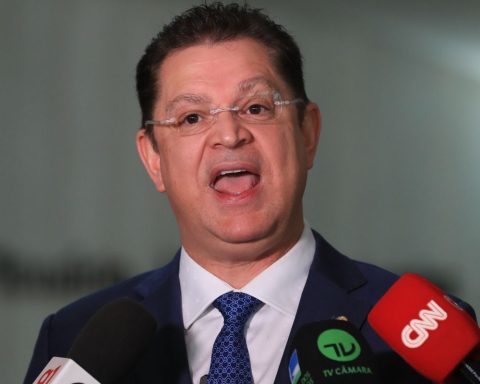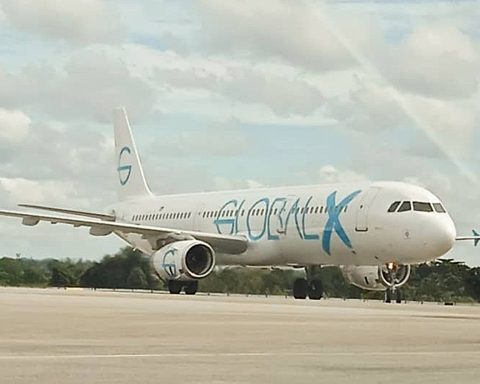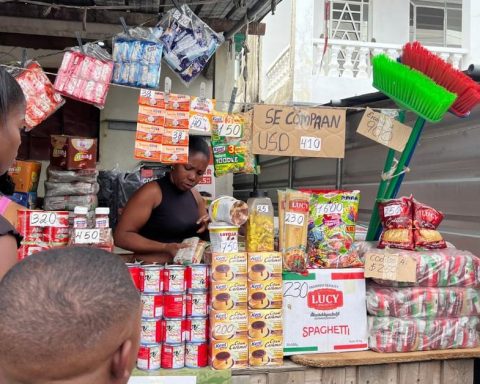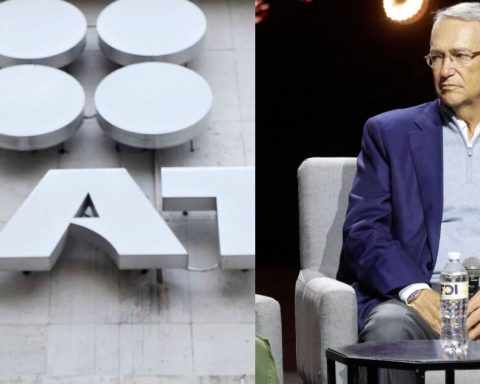a group of 10 students from the Technological Institute of Buenos Aires (ITBA) turned out to be, among 100 teams from around the world, one of the 20 finalists of the international CanSat Competition, sponsored by NASA.
To get to the final, the students of different engineering companies had to develop a scale satellite, with which the group has to fulfill a mission that is determined by the organizers of the competition: the members of the American Astronautical Society (AAS), in support of NASA and Lockheed Martin.
Although the students had already been part of this competition last year, due to the coronavirus pandemic, it took place virtually.
The idea of participating in 2021 arose from a small part of the team, which proposed to the other members to try to win a place in the contest. Thanks to the innovativeness of their design, they were eleventh.
However, the youngsters, who are between 20 and 25 and studying electronic engineering, computer engineering, mechanical engineering, chemical engineering and bioengineering, wanted a rematch and re-registered this year.
Now, After several months of preparation and achieving a quota to be one of the finalists, they are preparing to travel to the United States to try to take first place and leave the name of the country at the topas Juan Bautista, one of the team members, assures in an interview for Minute Argentina.
Although they have the experience that their participation in 2021 left them, each year, the conditions of the contest change, mainly the mission that must be carried out.

Therefore, for this 2022, they had to build and design a new satellite, which has required all their ingenuity, dedication, time, patience, but, above all, talent.
“If we did it last year, this year it has to come out,” says Juan, who is convinced that they have made a project with all the dedication that a competition of this type requires.
Students are ready to beat the best teams in the world
To reach the final in this 2022, the team passed the qualifying stages between January and February; however, the students have worked on the design for more than 6 months.
In the qualifying phase they presented the design of a satellite with a rigid structure of carbon fiber rods, since it is not necessary to have the prototype built for this stage.
For this reason, once they achieved a place in the final, they began to work on the construction of the satellite, which, among other things, must include sensors and other electronic components to be fully functional.

This, because part of the mission that the team will have to carry out in the United States will be to mount the satellite on a rocket, which is provided by NASA, and make it fly up to 700 meters in altitude.
At this height, the prototype separates from the rocket and must fall back to earth by means of a parachute, which will allow it to stop its descent so that, at another elevation, it can deploy a second parachute.

This second parachute will make the descent more controlled and achieve a lower speed; this so that in the middle of the descent the satellite releases another smaller device, which must go down 10 meters away from the first.
Besides, An essential part of the test is that all flight data must be transmitted live to a ground stationas well as reconnaissance images of the trajectory and the entire operation.
To achieve all this feat, the team has designed a prototype with improvements in the structural, electronic and software part, compared to what they presented last year.

In all that control system of the software part there is a lot of creativity involved, there is a lot of inspiration in satellite image recognition systems or real devices.
All of this to, as Juan says for Minuto Argentina, “ensure that this part of the mission is perfect”, more so if one takes into account that they do not have a rocket, like the one that NASA will give them, to carry out the demonstration.

For now the team it can only test subsystems, ie separate parts of the satellite. Even with the device fully armed, they can do scale tests with the help of a drone, but they cannot fully recreate the mission.
For this reason, from now on, they calculate all the risks that they may have on the day of the final, to avoid them as much as possible, and become, why not?, the winners of the championship.
Although they have prepared a lot to face that moment, the biggest challenge has been to combine all the technical part and, above all, find the spaces as a team to be able to work on the construction of the satellite.
However, each day of dedication and work deposited in the project has been more than worth it, because for the group “It means a lot” to be one of the finalists today in one of the most important international competitions (of this type) in the world.

In addition, they see this moment as a unique opportunity, not only to demonstrate their talent and abilities, but also to learn from this whole experience, which invites them to challenge themselves and believe more in their dreams.
However, this entire process would not have been the same without the support of ITBA, since they have received the coordination of Dr. Mariana Di Tada (Director of the Research and Doctorate Department of ITBA) and have supported them in the purchase of materials. .

María Candelaria Ruiz Casas, Franco Nicolás Estévez, Jorge Pedro Torres, Malena Vásquez Currie, Manuel Luque Meijide and Matías Calamaro are now looking for ways to finance the trip.
In addition to Tamara Raquel Canillas, Tomás Donadu, Tomislav Marko Separovic and Juan Bautista, who long to be as a team, all together, in the final that will take place from June 8 to 12 at Virginia Tech University, in the United States.
This is not only because everyone has worked to build and design the satellite and dreams of being there, but also because, due to the complexity of the project, they require everyone to participate, to make the mission a success.
Now, with the anxiety that a contest of this type can bring, the team longs to raise the cup that they are given, if they come to occupy first place, after the evaluation that will be made, both of the satellite flight and of the recorded data.
Although they know that the competition is difficult, and the best are among them, they are convinced that they will be, at least, among the top 10, which would mean a great achievement for them, the university and the country.
For this reason, whether or not they are the first, what stands out the most in this whole process, as Juan points out for Minuto Argentina, is that you have to dare to do great things, pursue what you dream of and long for, because every opportunity is a moment. the only one that cannot be wasted.
